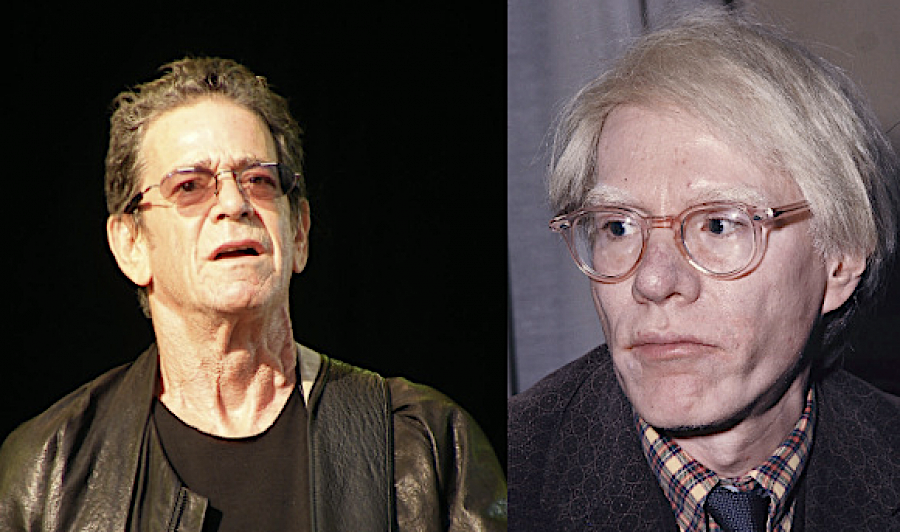“Fame is a prison,” tweeted Lady Gaga, and many Twitter wars ensued. She was only echoing an old sentiment passed down through the entertainment ages, from Greta Garbo (“I detest crowds”) to Don Johnson. The emotional toll of celebrity is so well-known as to have become a standard, almost cliché, theme in storytelling, and no recent artist has exemplified the tortured, reluctant celebrity more prominently than Kurt Cobain.
Cobain may have wanted to be famous when Nirvana broke out of Washington State and signed with major label Geffen, but he did not want the kind of thing he got. At the end 1993, when the band recorded their MTV Unplugged in New York special, he seemed positively suffocated by stardom. “We knew Cobain didn’t seem all that happy being a rock star,” recalls music journalist David Browne, who sat in the audience for that legendary performance, “and that Nirvana was essentially acquiescing to industry dictates by taping one of these shows.”
Cobain’s rare talent was to take his bitterness, despair, and rage and turn them back into deftly arranged melodic songs, stripped down in “one of the greatest live albums ever,” writes Andrew Wallace Chamings at The Atlantic. “An unforgettable document of raw tension and artistic genius. While intimacy was an intended part of the [Unplugged] concept… parts of the Nirvana set at Sony’s Hells Kitchen studio feel so personal it’s awkward.”
The performance reveals “a singer uncomfortable in his own skin, through addiction and depression” and the continued demands that he make nice for the crowds. The clipped interactions between Cobain and his bandmates, especially Dave Grohl, have become as much a part of the Nirvana Unplugged mythology as that frumpy green thrift-store cardigan (which recently sold at auction for $137,500).
Kurt’s disheveled crankiness may have been part of Nirvana’s act, but he also never seemed more authentically himself than in these performances, and it’s riveting, if painful, to see and hear. Five months later, he was dead, and. Unplugged would become Nirvana’s first posthumous release in November 1994. In the quarter century since, “accounts have emerged,” writes Browne, that show exactly “what was taking place in the days leading up to that taping.”
“The rehearsals were tense,” Browne continues, “MTV brass weren’t thrilled when the promised guests turned out to be the Meat Puppets and not, say, anyone from Pearl Jam. Cobain was going through withdrawal that morning.” And yet every song came together in one take—only one of three Unplugged specials in which that had ever happened. “The entire performance made you feel as if Cobain would perhaps survive…. The quiet seemed to be his salvation, until it wasn’t.”
Marking the album’s 25th anniversary this month, Geffen has rereleased Unplugged in New York both digitally and as a 2 LP set, announcing the event with more behind-the-scenes glimpses in the rehearsal footage here, previously only available on DVD. At the top, see the band practice “Polly,” and see a frustrated Grohl, whom Cobain considered leaving out of the show entirely, smoke and joke behind the scowling singer.
Further up, see Cobain strain at the vocals in “Come as You Are,” while Grohl shows off his newfound restraint and the band makes the song sound as watery and wobbly as it does fully electrified. Above, Cobain and guitarist Pat Smear work out their dynamic on Bowie’s “The Man Whole Sold the World,” while cellist Lori Goldston helps them create “the prettiest noise the band has ever made,” writes Chamings. Even 25 years on, “there is no way of listening to Unplugged in New York without invoking death; it’s in every note.” Somehow, this grim intensity made these performances the most vital of Nirvana’s career.
Related Content:
Animated Video: Kurt Cobain on Teenage Angst, Sexuality & Finding Salvation in Punk Music
How Kurt Cobain Confronted Violence Against Women in His “Darkest Song”: Nevermind‘s “Polly”
Josh Jones is a writer and musician based in Durham, NC. Follow him at @jdmagness






